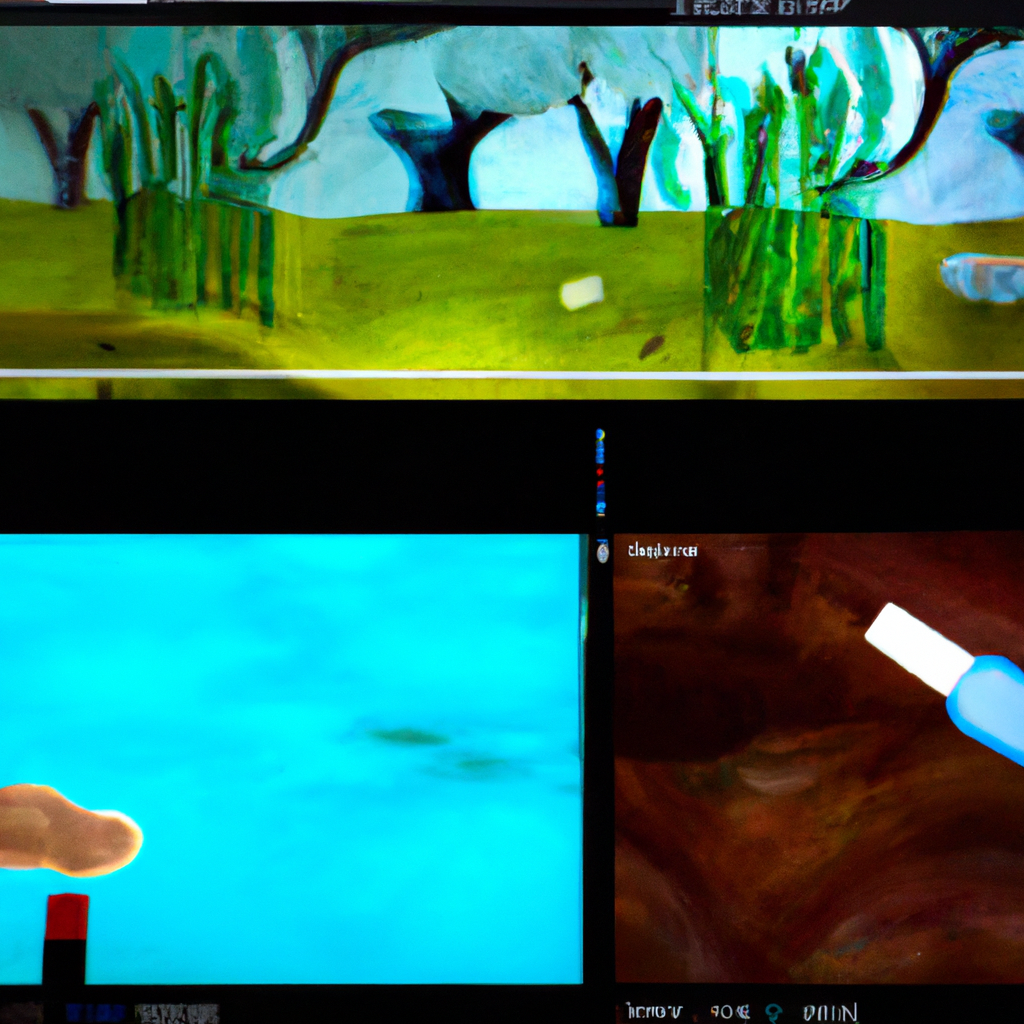-
Reading Roadmap
- Exploring Multiomics Analyses and Blautia Identification in Type 2 Diabetes Mellitus Patients with Stool-Type Stratification
- Key Takeaways
- Introduction: Unraveling the Gut Microbiome’s Role in T2DM
- Multiomics Analyses: A Comprehensive Approach
- Blautia: A Potential Biomarker for T2DM
- Stool-Type Stratification: Enhancing the Accuracy of Microbiota Identification
- FAQ Section
- What is multiomics analysis?
- What is Blautia?
- What is stool-type stratification?
- How can understanding the role of Blautia and other gut microbiota help in T2DM?
- What further research is needed?
- Conclusion: The Future of T2DM Research
- Further Analysis
Exploring Multiomics Analyses and Blautia Identification in Type 2 Diabetes Mellitus Patients with Stool-Type Stratification

[youtubomatic_search]
Key Takeaways
- Multiomics analyses provide a comprehensive understanding of the complex interactions between the gut microbiome and Type 2 Diabetes Mellitus (T2DM).
- Blautia, a genus of bacteria in the gut, has been identified as a potential biomarker for T2DM.
- Stool-type stratification can help in the accurate identification of Blautia and other gut microbiota associated with T2DM.
- Understanding the role of Blautia and other gut microbiota can lead to new therapeutic strategies for T2DM.
- Further research is needed to validate these findings and to explore the potential of gut microbiota-based therapies for T2DM.
Introduction: Unraveling the Gut Microbiome’s Role in T2DM
Recent advances in multiomics technologies have opened up new avenues for understanding the complex interactions between the gut microbiome and human health. One area of particular interest is the role of the gut microbiome in metabolic diseases, such as Type 2 Diabetes Mellitus (T2DM). This article explores the use of multiomics analyses and stool-type stratification in identifying Blautia, a genus of bacteria in the gut, as a potential biomarker for T2DM.
Multiomics Analyses: A Comprehensive Approach
Multiomics analyses integrate data from genomics, transcriptomics, proteomics, metabolomics, and other “-omics” fields to provide a comprehensive understanding of biological systems. In the context of T2DM, multiomics analyses can help elucidate the complex interactions between the gut microbiome and host metabolism. For instance, a study by Qin et al. (2012) used metagenomic sequencing to identify gut microbial markers for T2DM, highlighting the potential of multiomics approaches in this field.
Blautia: A Potential Biomarker for T2DM
Blautia, a genus of bacteria in the gut, has been identified as a potential biomarker for T2DM. A study by Karlsson et al. (2013) found that the abundance of Blautia was significantly reduced in T2DM patients compared to healthy controls. This suggests that Blautia may play a protective role against T2DM, although the exact mechanisms remain to be elucidated.
Stool-Type Stratification: Enhancing the Accuracy of Microbiota Identification
Stool-type stratification is a method used to enhance the accuracy of gut microbiota identification. By categorizing stool samples based on their physical characteristics, researchers can account for variations in gut microbiota composition that may be influenced by factors such as diet and medication use. This can help in the accurate identification of Blautia and other gut microbiota associated with T2DM.
FAQ Section
What is multiomics analysis?
Multiomics analysis is a comprehensive approach that integrates data from genomics, transcriptomics, proteomics, metabolomics, and other “-omics” fields to understand biological systems.
What is Blautia?
Blautia is a genus of bacteria found in the gut. It has been identified as a potential biomarker for T2DM.
What is stool-type stratification?
Stool-type stratification is a method used to enhance the accuracy of gut microbiota identification by categorizing stool samples based on their physical characteristics.
How can understanding the role of Blautia and other gut microbiota help in T2DM?
Understanding the role of Blautia and other gut microbiota can lead to new therapeutic strategies for T2DM, such as probiotics and fecal microbiota transplantation.
What further research is needed?
Further research is needed to validate these findings and to explore the potential of gut microbiota-based therapies for T2DM.
Conclusion: The Future of T2DM Research
The exploration of multiomics analyses and Blautia identification in T2DM patients with stool-type stratification provides a promising avenue for future research. By enhancing our understanding of the complex interactions between the gut microbiome and T2DM, these approaches can lead to new therapeutic strategies and improve patient outcomes. However, further research is needed to validate these findings and to explore the potential of gut microbiota-based therapies for T2DM.
[youtubomatic_search]
Further Analysis
As we continue to delve deeper into the world of multiomics analyses and gut microbiota, it is clear that these areas hold significant potential for improving our understanding and management of T2DM. The identification of Blautia as a potential biomarker for T2DM is a significant step forward, and stool-type stratification can enhance the accuracy of this and other microbiota identifications. As we move forward, it is crucial to continue this line of research and explore the potential of gut microbiota-based therapies for T2DM.







